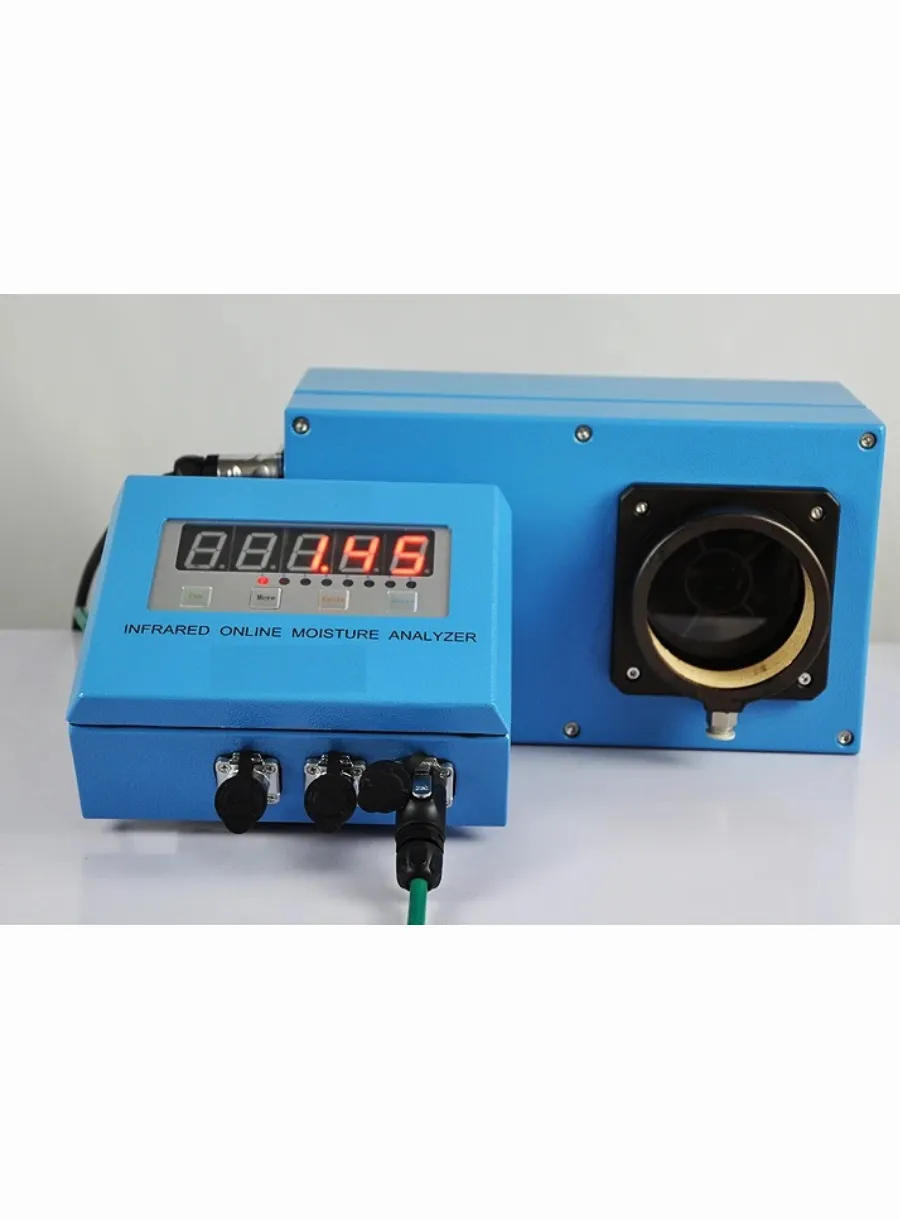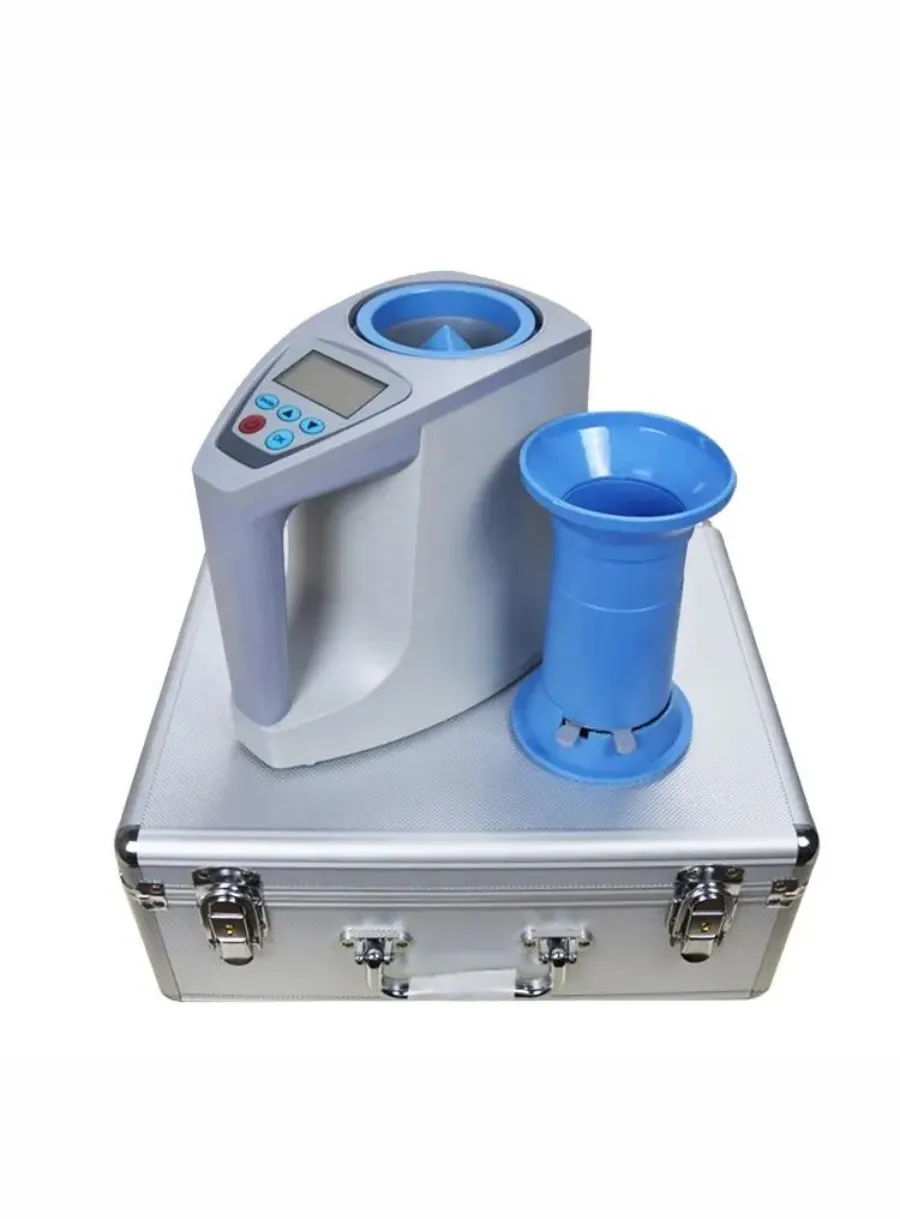
Importance of Moisture Content Management
Table of Contents

Moisture content is a critical index that reflects the freshness, preservation state, and internal quality of agricultural products, and it is a key measurement and control parameter in the processes of purchasing, processing, storing, and transporting grains. Proper moisture management is essential for maintaining the quality and value of rice throughout its lifecycle.
Excess moisture can lead to mold growth, insect infestations, and overall degradation of grain quality. Proper moisture levels are key to maintaining the longevity and quality of stored grain, ensuring it remains safe for consumption or sale. For instance, stored paddy rice, which still contains the husk, should ideally have a moisture content of approximately 14% before storage to maximize its storage life.

Grain with optimal moisture content fetches higher prices in the market, as it meets industry standards and reduces the risk of quality issues. The consequences of not measuring grain moisture content can be significant, affecting both the quality and sale weight of the grain, which in turn influences the overall profitability of farming operations. High moisture content can lead to grain mildew and shortened storage time, impacting food taste and safety. Conversely, grain that is too dry can result in weight loss and reduced market value.
Measurement Methods and Best Practices
Grain moisture content is typically measured by direct-contact methods such as desiccation or chemical methods, and indirect-noncontact methods including microwave or infrared technology. While the standard scale and oven-based test is the most accurate method, it is often time-consuming and not practical for on-site farm use. Modern grain moisture meters offer a more practical solution for farmers to optimize their harvest and postharvest operations.
Integrated Moisture Management Strategies
Effective management of moisture content also involves implementing pest control measures, regular inspection of storage facilities, and early detection of pests or diseases to prevent further damage. By employing a comprehensive approach to moisture content management, farmers can maintain the quality and market value of their grain, ensuring profitability and meeting industry standards.
Comments
Tags
Frequently Asked Question
Proper moisture management prevents spoilage, optimizes storage, enhances market value, and ensures overall quality and safety of rice throughout its lifecycle.
Rice with optimal moisture content fetches higher prices as it meets industry standards and reduces quality risks, directly impacting profitability.
Stored paddy rice should ideally have a moisture content of approximately 14% before storage to maximize its storage life.
Methods include direct-contact (desiccation, chemical) and indirect-noncontact (microwave, infrared) techniques, with modern moisture meters offering practical on-site solutions for farmers.


